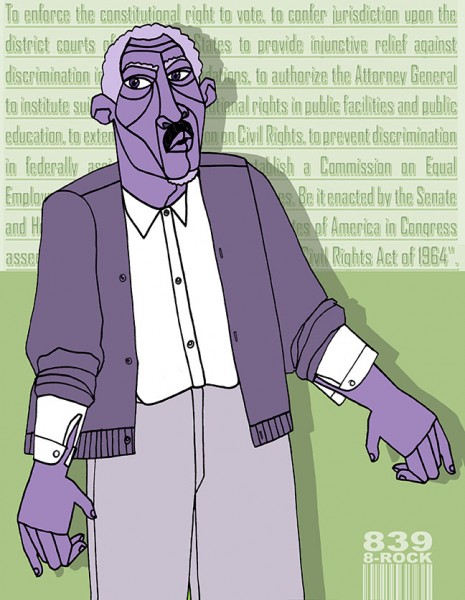Duane Reade drugstore, near the Brooklyn Historical Society, Brooklyn, NY.
***
As I mentioned in my last post, I was recently in Brooklyn; and it was wonderful to be surrounded by some many different kinds of Black people. I also mentioned that I grew up on Long Island (Nassau County) in the 1970s. During that time, the Black community was growing in diversity, and in my school and in my neighborhood I encountered people of African descent from Aruba, Puerto Rico, Jamaica, Cuba, and Haiti, as well as from the American South (like me).
Even then, Blackness came in a lot of different languages and accents, and the African American, Afro-Caribbean, and Afro-Latino kids debated between and among themselves about how being Spanish speaking or coming from an island outside of the U.S. impacted one’s relationship to Blackness. For example, one question that came up over and over was about whether or not Puerto Rican and Cuban kids of African descent were Black like “us” (African Americans) or Latino like “them” (Puerto Rican and Cuban folks whose skin was light or white and whose hair spoke more of indigenous and European ancestry than of a connection to the so-called Dark Continent).
As a child, I was both confused and offended by these arguments. When immigrants of African descent argued to those of us with roots in the American South that they were (for example) Caribbean, but not Black, it felt like rejection. Today, though, I appreciate that such statements were more about maintaining a sense of nation and culture in the face of the virtual tidal wave of African American history and culture that faced (and faces) all Black immigrants to the U.S., and less about denying the triple legacy of Africa, Middle Passage, and slavery that all of us share.
Ajuan Mance
